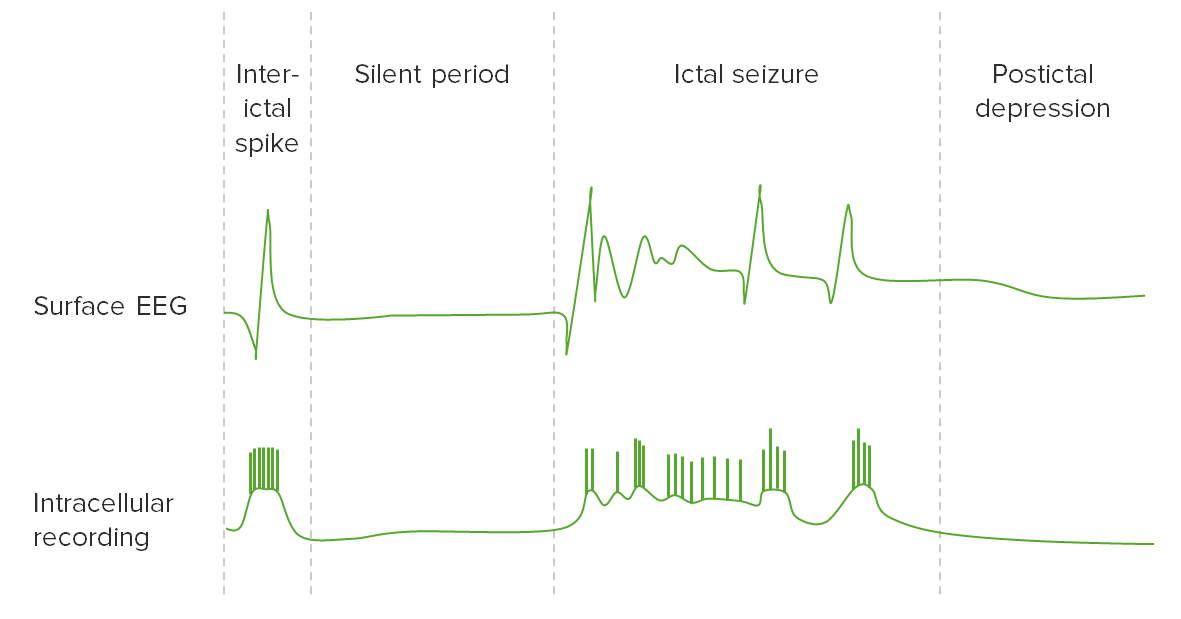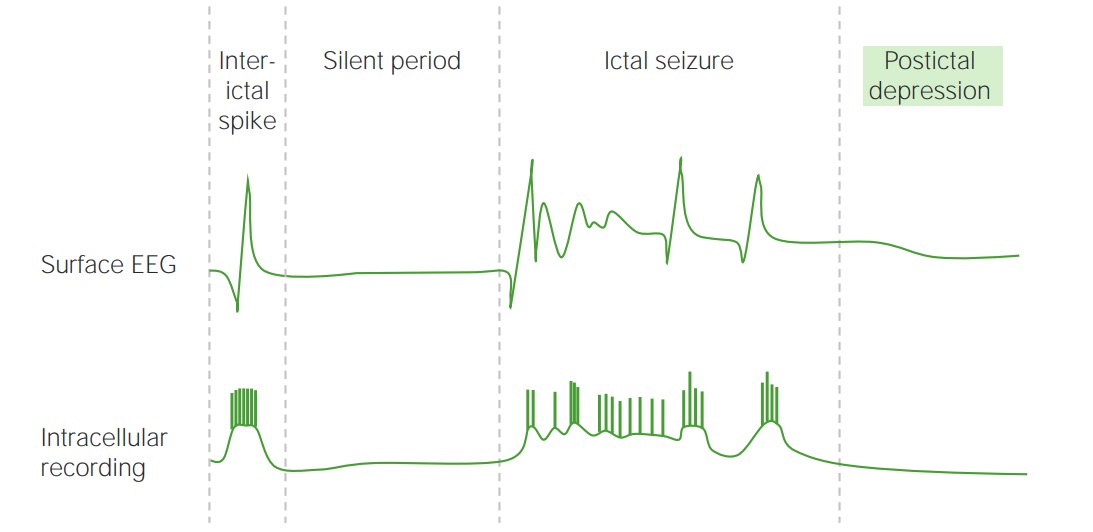Playlist
Show Playlist
Hide Playlist
Case: 45-year-old Man with a Seizure-like Episode
-
Slides Seizures Epilepsy New Onset Seizure.pdf
-
Download Lecture Overview
00:01 In this lecture, we'll talk about the approach to a new onset seizure. 00:05 How do we evaluate and manage those patients? And let's start with a case. 00:11 This is a 45-year-old man with a history of depression and chronic back pain, who presents to the emergency department for a seizure like episode. 00:19 The patient has been in his normal state of health with about one week ago, when he developed low-grade fevers and cough. 00:27 This has worsened over the past week with greenish sputum production. 00:32 His fever peaked in the last day at 101.4 degrees Fahrenheit. 00:37 He's brought to the emergency department, after he's found on the floor in his room by his wife stiff and foaming at the mouth, with blood colored sputum. 00:46 He's also had urinary incontinence. 00:49 He was recently transitioned from sertraline to bupropion or Wellbutrin for management of depression. 00:56 He continues on tramadol or Ultram for management of low-back pain. 01:00 His general exam shows lateral tongue laceration and on neurologic exam, the patient is dazed an examination shows a left hemiparesis, he's weak on the left arm and leg. 01:12 So what's the diagnosis? Well as with all spell or episode, we focus on three things. 01:20 The first is what happened before the episode before this event. 01:25 Here we don't know. 01:26 There's no observer and the patient can't provide a description. 01:31 The second feature is what happened to during the event, How is the event described? Here we find a patient who is lying unconscious or semi-conscious, stiff with foaming of the mouth, and blood colored sputum. 01:45 After the event the patient is dazed and confused, now likely some minutes or maybe even hours after the initial event occurred. 01:54 And here we also have several wild-cards. 01:57 He had urinary incontinence during the event, and we know incontinence can be associated with seizures as opposed to other conditions. 02:04 He's on two medications, bupropion and tramadol which are known to lower the seizure threshold. 02:10 And he has left him hemiparesis after the event in the postictal phase. 02:14 These are important wild-cards for differentiating the cause of this condition. 02:19 So what is the diagnosis? Is this convulsive syncope, a focal-onset convulsive seizure, a generalized-onset convulsive seizure, or an ischemic stroke? What doesn't sound like generalized-onset convulsive seizure, the patient has a focal exam, which may be a Todd's paralysis or weakness after a focal-onset seizure. 02:41 The side of the weakness indicates the side of the symptoms or is contralateral to the brain of seizure onset. 02:48 So this doesn't sound like a generalized-onset seizure. 02:53 Ischemic stroke can present with the hemiparesis, or hemi-body weakness. 02:57 However, in this patient, weakness after the event suggests that it may be seen just in the postictal phase, and we don't have a reliable history indicating that the weakness was there before this episode. 03:10 So our initial concern would not be for ischemic stroke, so that's an important differential diagnosis for this patient. 03:17 Convulsive syncope would present quite differently. 03:20 The patient's postictal confusions, Todd's paralysis, lateral tongue biting and incontinence, all point towards a primary seizure diagnosis as opposed to syncope. 03:32 And so in this case, we would favor a diagnosis of focal onset convulsive seizure.
About the Lecture
The lecture Case: 45-year-old Man with a Seizure-like Episode by Roy Strowd, MD is from the course Seizures and Epilepsy.
Included Quiz Questions
Which statement is the most accurate when evaluating a patient for new-onset seizures?
- Careful history-taking can reveal potential risk factors for a seizure.
- Pre-episode symptoms are usually unhelpful in making the diagnosis.
- Most seizure diagnoses are made based on a head CT.
- Post-episode symptoms are rarely important for narrowing the differential diagnoses.
- A focused neurological exam should be delayed until the patient has fully recovered.
Customer reviews
5,0 of 5 stars
| 5 Stars |
|
5 |
| 4 Stars |
|
0 |
| 3 Stars |
|
0 |
| 2 Stars |
|
0 |
| 1 Star |
|
0 |





